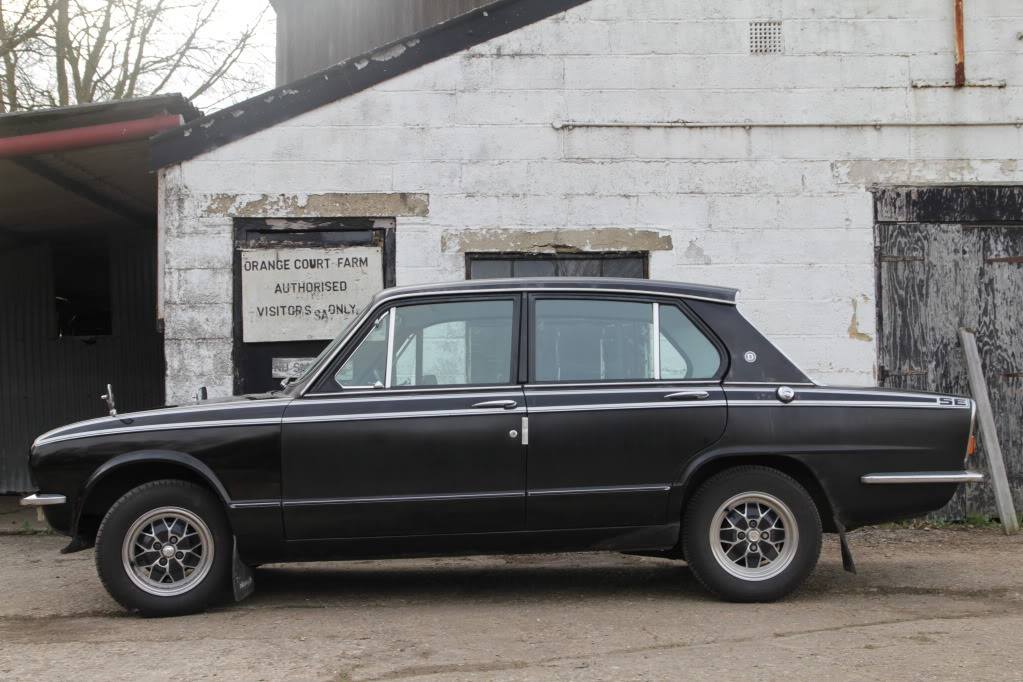Today we continue to look at another hire car, in this case a 2014 Toyota Aygo, which I rented in September 2015. This example was just over a year old, and had done about 12,000 miles when I was handed the keys.
The Toyota Aygo was the first vehicle in a collaboration between Citroen, Peugeot and Toyota, which resulted initially in the C1, 107 and Aygo, and then the Citroen Dispatch, Peugeot Expert and Toyota Proace vans. (The Citroen was named the Jumpy in other countries, which was unsurprisingly changed for the British market.) Both the van and the small city car triplets have since been replaced with a new generation, but the collaboration continues...
The Aygo/107/C1 (there are only minor differences between them) was launched in 2005, and stayed in production in its initial generation until 2014. The most prolific engine used was a brand new 1.0 unit developed by Toyota and producing an incredible 67 bhp, supplemented by a 1.4 diesel supplied by Peugeot Citroen. The cars were facelifted in 2010 and 2012, so the 2014 example I drove was a very late one indeed. The Aygo (which I will refer to on its own for the rest of this post, as it is too tedious to type out the other model names as well, but 99% of what I write is applicable to them too) is a textbook example of how to make a car on a budget.
Inside, the rear windows do not roll down, but just pop out. There are only two electric window switches, one on the driver's door and one on the passenger door (the driver does not get two as on most cars). The tiny little tailgate has just one little strut supporting its weight, and only the upper specification cars were supplied with a rev counter, which tacks onto the instrument cluster like an afterthought. There is just one massive windscreen wiper, like something from a 1980s Citroen, which does add a bit of character, it must be said!
The 1.0 three cylinder engine is far from refined, although in such a light car, the performance is perfectly acceptable in the city. Out of town, however, the engine is low on torque and needs to be worked hard to make any decent progress. The handling is also hardly sporty, which is not helped by skinny tyres, only average steering feedback and a driving position which is difficult to adjust to one's every whim. I also found the gearbox rather difficult and far from smooth, which is not what I would expect from a Toyota at all.
The equipment, as one would expect, is also pretty basic. There was no sat nav or Bluetooth, but most versions do at least seem to get air conditioning and an auxiliary input for the stereo. The digital clock on the dashboard, again, looks like something from a 1980s Citroen...
The boot space is absolutely tiny at just 150 litres (smaller than that on a Fiat 500), but at least folding the seats down is easy. Rear space is also quite limited, and with the front seats being of one piece without removable head restraints, it can feel claustrophic in the back, particularly as the rear windows do not roll down.
The Aygo's raison d'etre, however, is not luxury or driving pleasure, but low running costs. This is where it scores very well. The insurance is low, the fuel economy is excellent, and the Franco-Japanese trio (built in the Czech Republic in case anyone is curious) scores well in reliability surveys, probably because there is not much to go wrong. For only £2,000 or so for an early example in reasonable condition, many would say that there is little wrong with one of these cars.
The first problem is that since the launch of the Aygo, 107 and C1, the city car class has massively moved on. Cars like the Seat Mii (another silly name), Skoda Citigo and Volkswagen Up! trio, which still show signs of cost cutting, but are light years ahead on build quality, refinement, safety, styling and space. The newer models of the Franco-Japanese trio, despite being launched three years after them, still aren't as good.
The second problem is the growth in budget superminis which have been launched in the last five years, which are the same price or even undercut the Aygo, with equivalent specification. They often even have similar running costs, and again offer more space and a more mature feel for less money. Typical examples of this are the MG 3 and the Dacia Sandero, and whilst neither is the last word in technical sophistication, I would take either over the Franco-Japanese trio (even the new models) any day of the week.
For a couple of days as a hire car, the first generation Aygo was fine, but for any longer period of time, I would recommend looking elsewhere, unless low running costs are the top priority.










